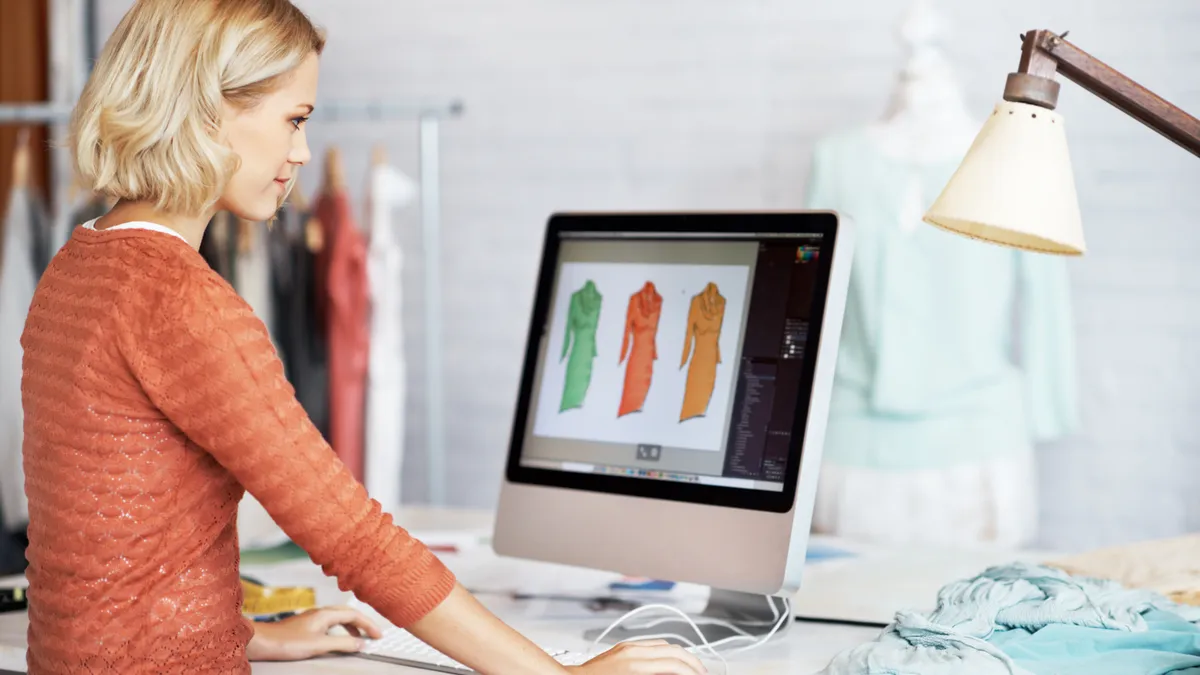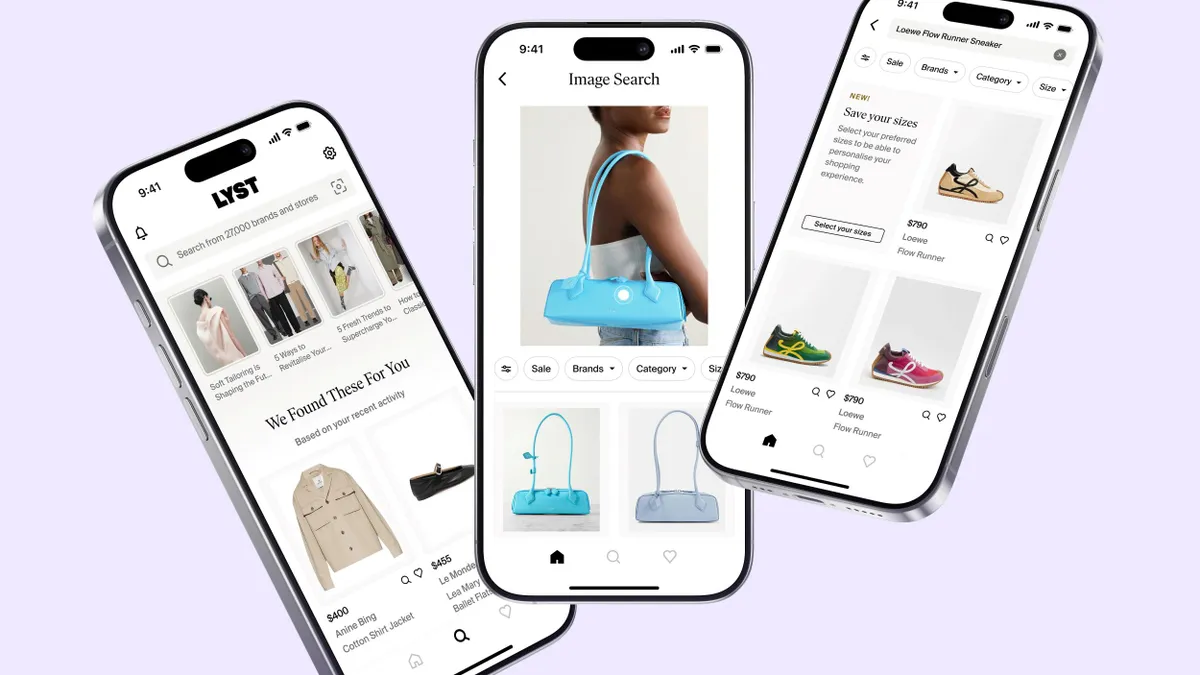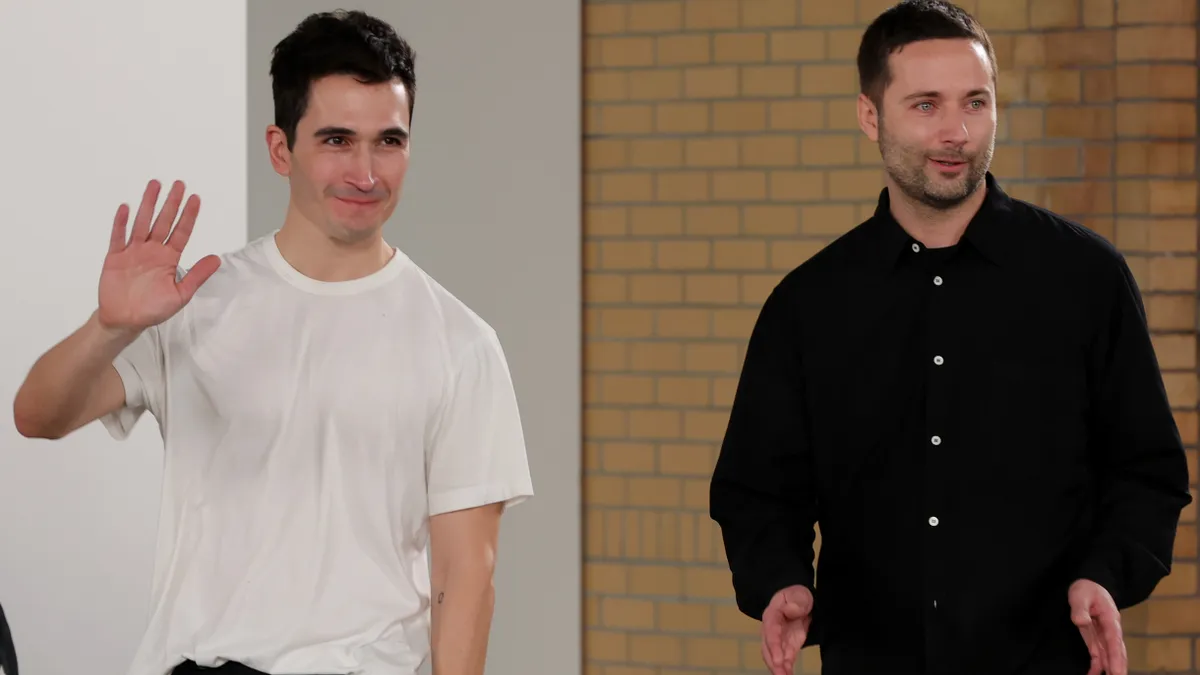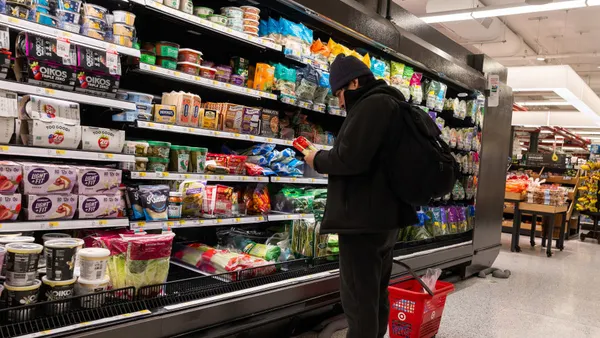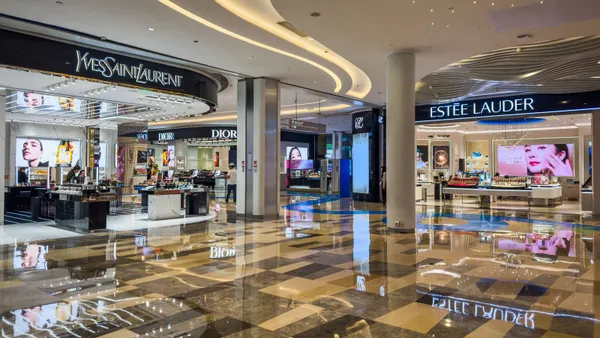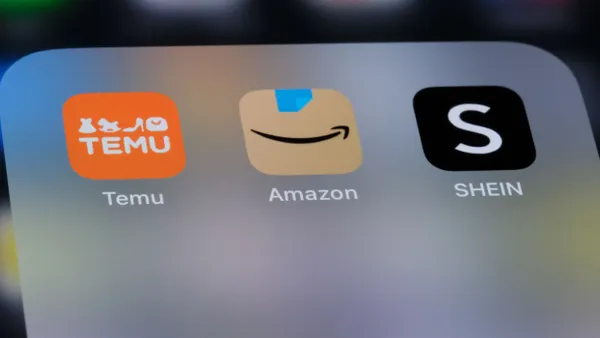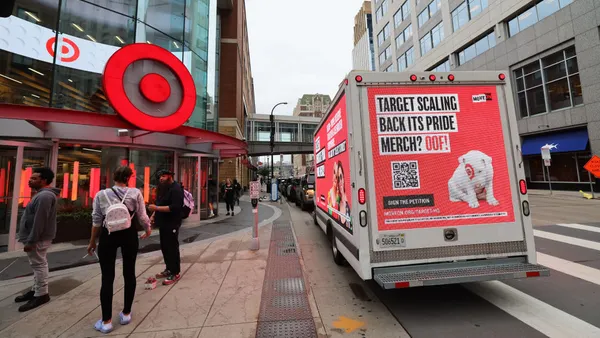Digitally native fashion brands have an unfair advantage, and it’s not their couture. It’s their checkout.
Over the course of three decades, established brands have embraced omnichannel sales with varying degrees of speed (not counting the brands that endured “fashion’s big reset” as a result of the coronavirus pandemic).
Along the way, each brand came face-to-face with a critical decision: build their own checkout experience or use an established, proven one? And few brands understood that this one decision could influence as much as 15% of their online sales.
“Merchants born and bred on an advanced platform have grown quickly, and they can be more competitive against bigger brands because best-in-class is their default,” said Ilya Grigorik, principal engineer, technical advisor to the CEO at Shopify. “But bigger brands might not know that they can change a lot without completely overhauling their e-commerce stack — they’re never too big to get the benefits of the world’s best-converting checkout experience.”
Why checkout? Because it’s an area that has the potential to drive significant revenue for your business based on your existing traffic. Research from BCG and Shopify revealed certain factors in a retailer’s control that can noticeably affect conversion, and the checkout experience is one of them.
But early comers to e-commerce are no longer restricted to “all or nothing” e-commerce platforms built and run in-house. Today, businesses large and small can leverage an all-in-one commerce platform checkout. Customers get the best possible checkout experience, and brands can concentrate on what they know best — their product, brand and marketing.
Here’s a look at fashion and retail brands optimizing the checkout experience to compete with digitally native brands and grow revenue:
Using checkout as a growth lever
If you pay to send traffic to your website, you should send it to the best-converting website possible. Optimizing the checkout experience is the first place e-commerce brands should look to improve conversion rates and make the most of traffic. One way fashion retailers can use the checkout experience as a growth lever is in providing accelerated payment options. For example, BCG and Shopify found that adding accelerated payment methods such as Shop Pay, PayPal, Apple Pay, Google Pay, Amazon Pay, Meta Pay can increase lower-funnel conversion rates by upward of 50%.
And it works in real life, too — putting this knowledge to work allowed fashion retailer Untuckit to add Shop Pay as an accelerated checkout option and see a 10% increase in average order value and 33% increase in 30-day customer repurchase rate. This contributed to an overall 64% increase in customer lifetime value.
Competing with new brands with new technology
In a fiercely competitive space, digitally native fashion brands begin their online sales journey a couple of steps ahead: They have access to incredibly powerful e-commerce technology on Day One and don’t have to dedicate valuable resources or energy on making the technology work. They pour those resources into marketing, branding and customer loyalty, quickly catching up to established brands in those areas to deliver a sophisticated, polished experience to new customers.
However, with access to more flexible technology, larger, more established brands can keep up — even taking the lead.
Just look at couture high-fashion brand Rebecca Minkoff. Using the Shopify Plus platform, the brand adopted augmented reality (AR) and 3D modeling on product pages to create a more engaging, immersive experience on its e-commerce site. Right away, the brand saw a lift in shopping behavior: Shoppers who interacted with the model were 44% more likely to add it to their cart, and those who interacted with it were 27% more likely to place an order. Overall, customers who viewed a product in AR were 65% more likely to make a purchase.
Focusing attention on the right things
Fashion and apparel brands aren’t fueled by a passion for technology — they’re driven by the brand and the customer. Yet even when the technology is functional, the technological side of e-commerce can make or break a brand’s growth trajectory by sapping too much time and attention. Marketing, sales and brand take the back seat to technological limits, and valuable time and attention are redirected to make sure the e-commerce stack can grow with demand.
Digitally native premium fashion and apparel brand Chubbies got to experience the benefits of best-in-class stability and checkout experience from its first day of operations. The brand was able to focus on brand and product, as well as social media, and let Shopify Plus take care of optimizing the technical side of things. And it worked — Chubbies saw year-over-year sales increase 50%.
Not too late to snag a competitive advantage
New fashion labels launch every day, and they launch from digitally native technology — best-in-class checkout and customer experience right out of the box. Established merchants have an opportunity to position themselves for success by taking advantage of the same high-quality checkout experience, built right into their existing tech stack. It’s not too late to take this competitive advantage and make it your own — and to see what the best-converting checkout page in the world can do for your business.

